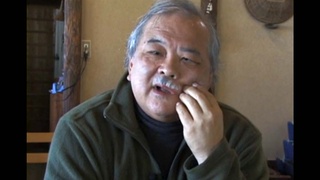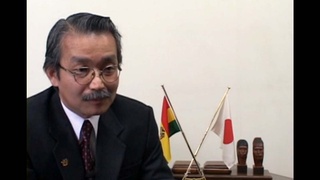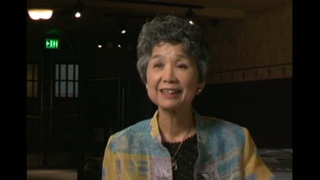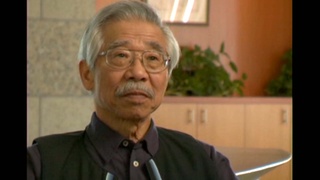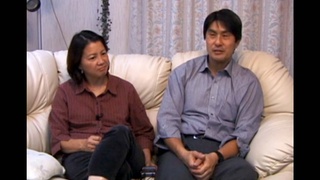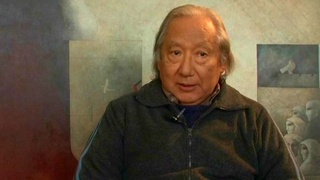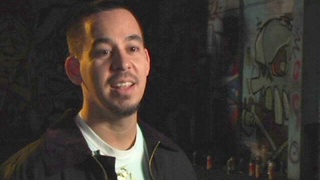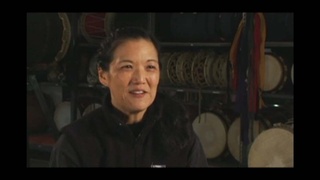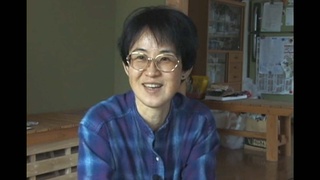Interviews
Discomfort at being labeled by others
I don’t really like other labels put on me. When you self-identify, that’s your choice, and that’s the great thing, if you want to identify as whatever it is you do…I mean.
I remember I got a ticket the other day for having my dog on the beach and I got the “you people”. And I was like—‘cause whenever you get “you people” you’re now the minority, and “you people” can mean anything. When you’re, like, “You people,” you’re like—“Okay, I know where this conversation is.” So the guy’s like “I’ve been telling you people about this for a long time,” and I thought, “Okay, is ‘you people’ dog guys on the beach? Or is ‘you people’ surfers or brown guys or tattoo people or long-hair people?” or whatever it is, and I’m like—I asked, “What do you mean, ‘you people’?” And he just kept writing the ticket, he wouldn’t tell me.
And that’s when I realized there’s some label in his head he’s got going on. Maybe his “you people” is “you scofflaws who ignore the laws of our great country or city or whatever,” and maybe it’s something else going on. And so I choose to try to identify myself my way as much as I can.
Date: May 3, 2006
Location: California, US
Interviewer: Jim Bower
Contributed by: Watase Media Arts Center, Japanese American National Museum.

